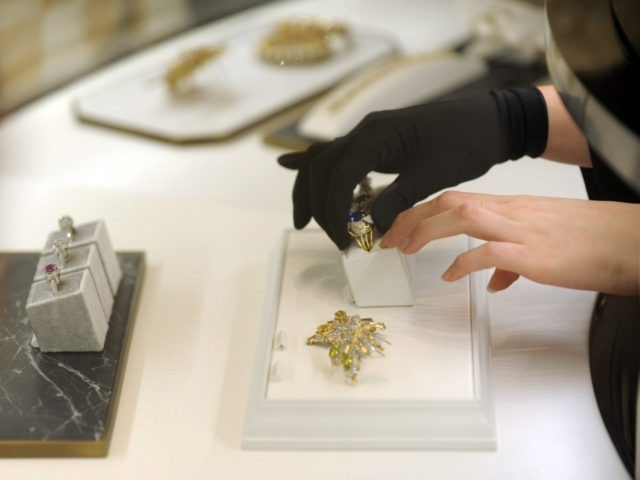As stocks rose Friday morning, Wall Street’s media proclaimed that shares were up “despite” what they described as chaos in the White House.
There’s no point in denying that the recent churning of high-level personnel can fairly be described as chaotic. But it may also be constructive chaos. That is, perhaps stocks are rising not despite the chaos but because of it. After all, at the heart of the chaos is President Donald Trump consolidating control of his administration and one thing we’ve learned from the last year is that the stock market likes a strong, victorious Trump and loathes a weakened Trump.
The major indexes ended the day up a bit or flat. The Dow Jones Industrial Average rose 0.29 percent. The S&P 500 ticked up 0.17 percent. The Nasdaq Composite ended the day precisely where it began it, like some endless argument on Twitter. The Russel 2000 index of small-cap stocks was the biggest winner, up 0.6 percent.
Tiffany in the Rough
Shares of Tiffany & Co. fell by 5.06 percent on Friday even though the company reported earnings that beat analyst estimates.
One problem: same-store sales were down in most of its regions. Another: the company’s forecast for full-year profits were disappointing.
But Tiffany may have a deeper problem. Beneath the gangbuster headline consumer sentiment numbers–they showed consumers are the happiest they’ve been since 2004–the University of Michigan survey revealed that optimism about the future is declining in American households with the top third of incomes. These households account for about half of all consumer spending–and likely far more than that of consumer spending on expensive jewelry the comes in little blue boxes.
Analysts tout Tiffany’s new products, such as a home-goods collection that features $9,000 sterling silver balls of year. But that’s not something that is likely to end up on the shopping list of the lower-income consumers driving the high confidence numbers. So any loss of confidence by the higher-income households will likely hurt sales at Tiffany.
Toys Aint Us
The conventional wisdom about the collapse of Toys R Us blames it all on the private equity guys who bought the company several years ago, borrowing most of the money to do it, and extracted a few hundred million while they owned it.
While there’s a certain attraction to blaming leverage and Wall Street for the failure of Toys R Us, there’s little logic to it. Toys R Us would have likely been bankrupt long ago if it had not taken money from lenders and the few hundred million extracted by its private equity owners would not have prolonged its life either. The story of what happened to Toys R Us is more complex. It is, really, the story of the transformation of middle America–a story told here.

COMMENTS
Please let us know if you're having issues with commenting.